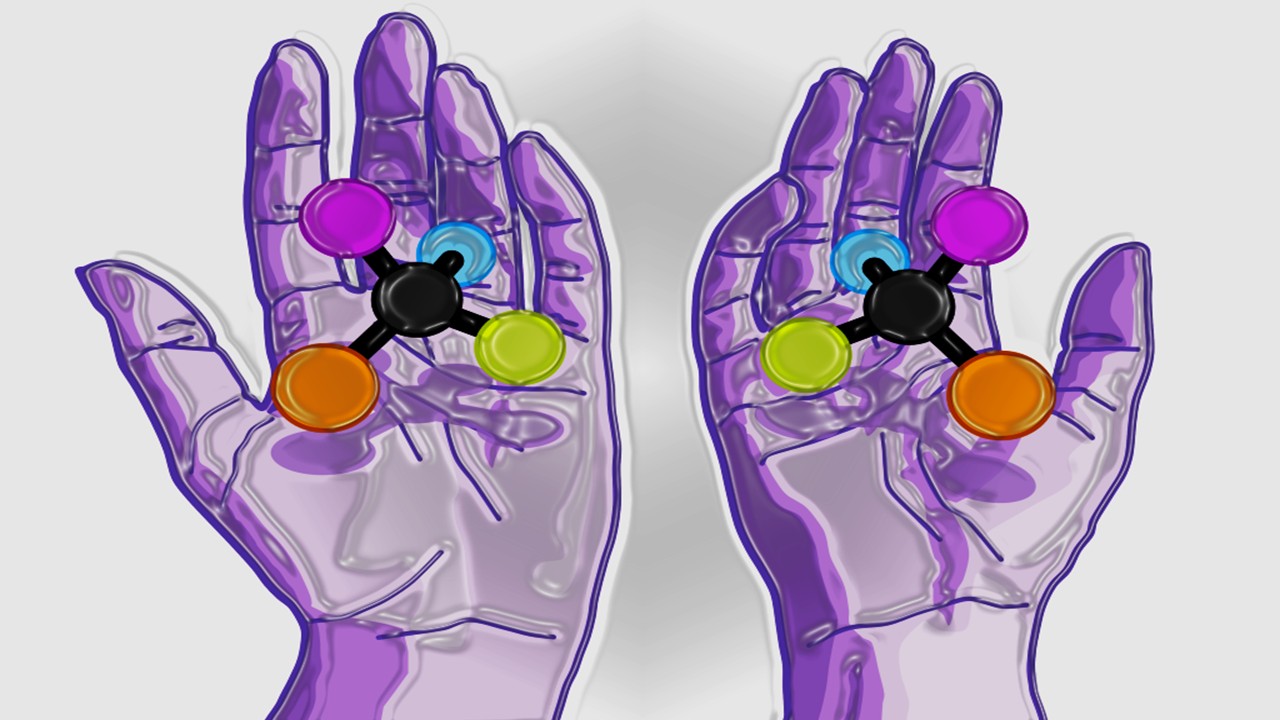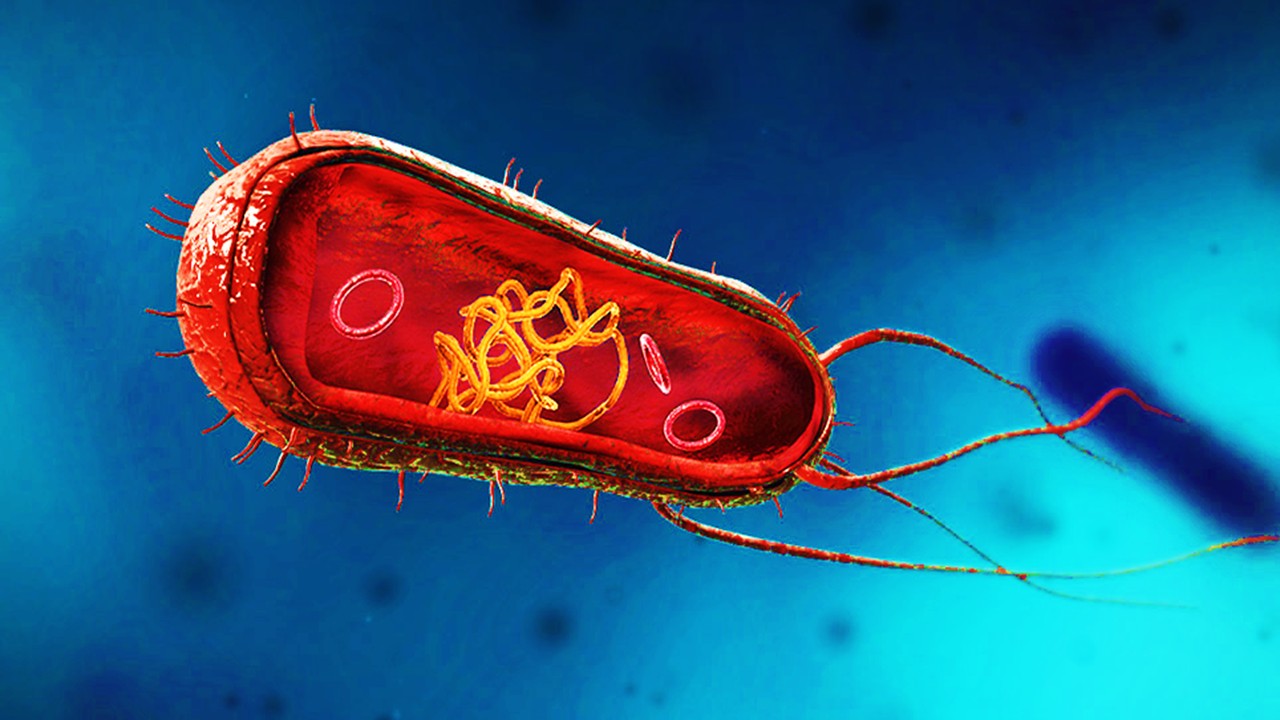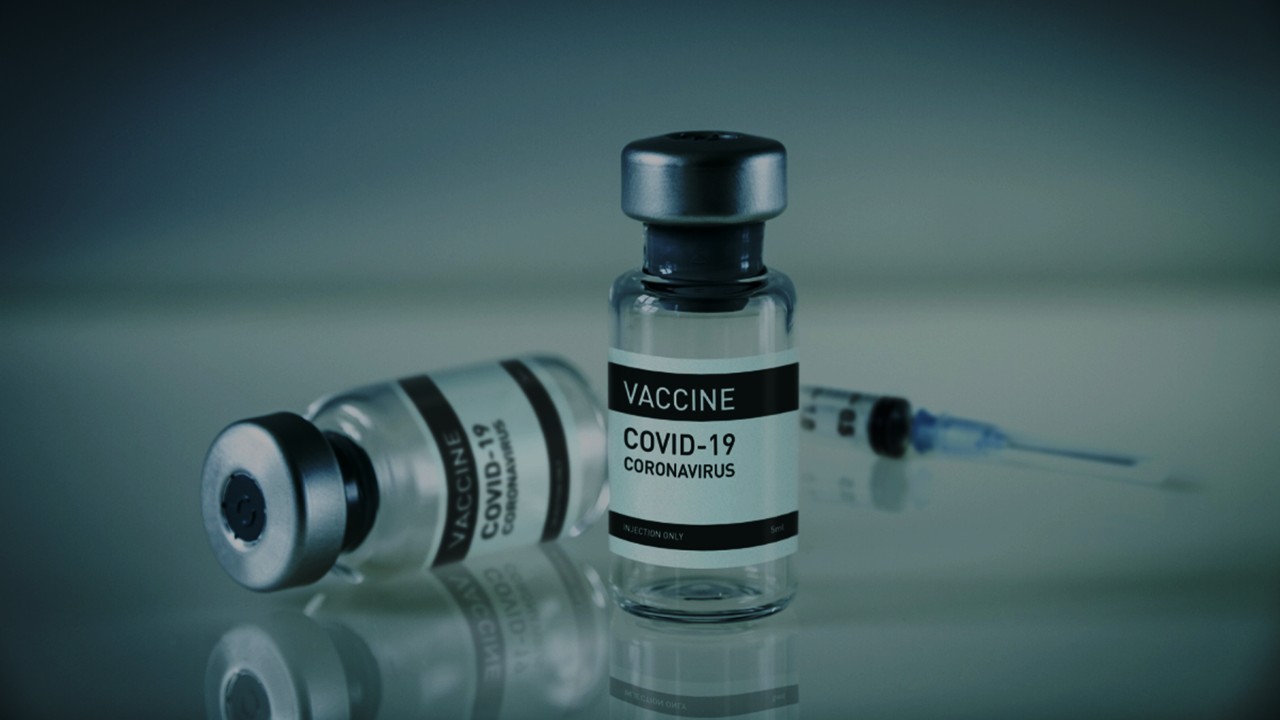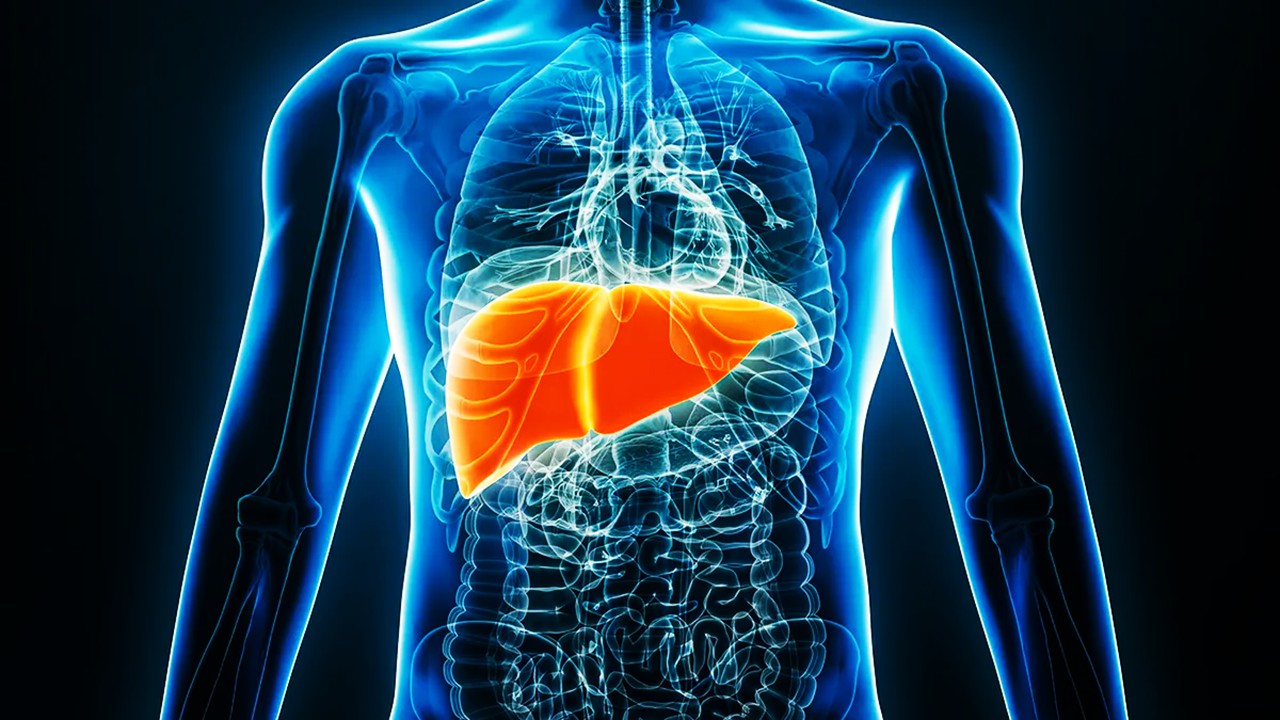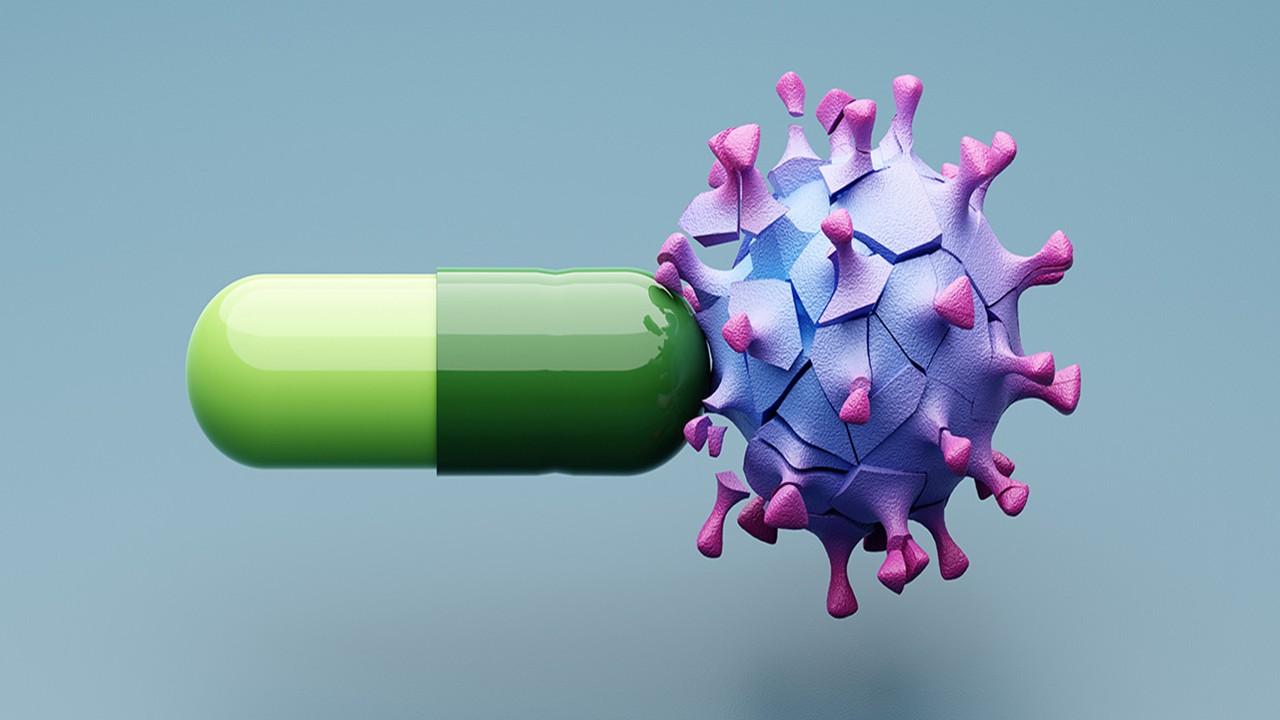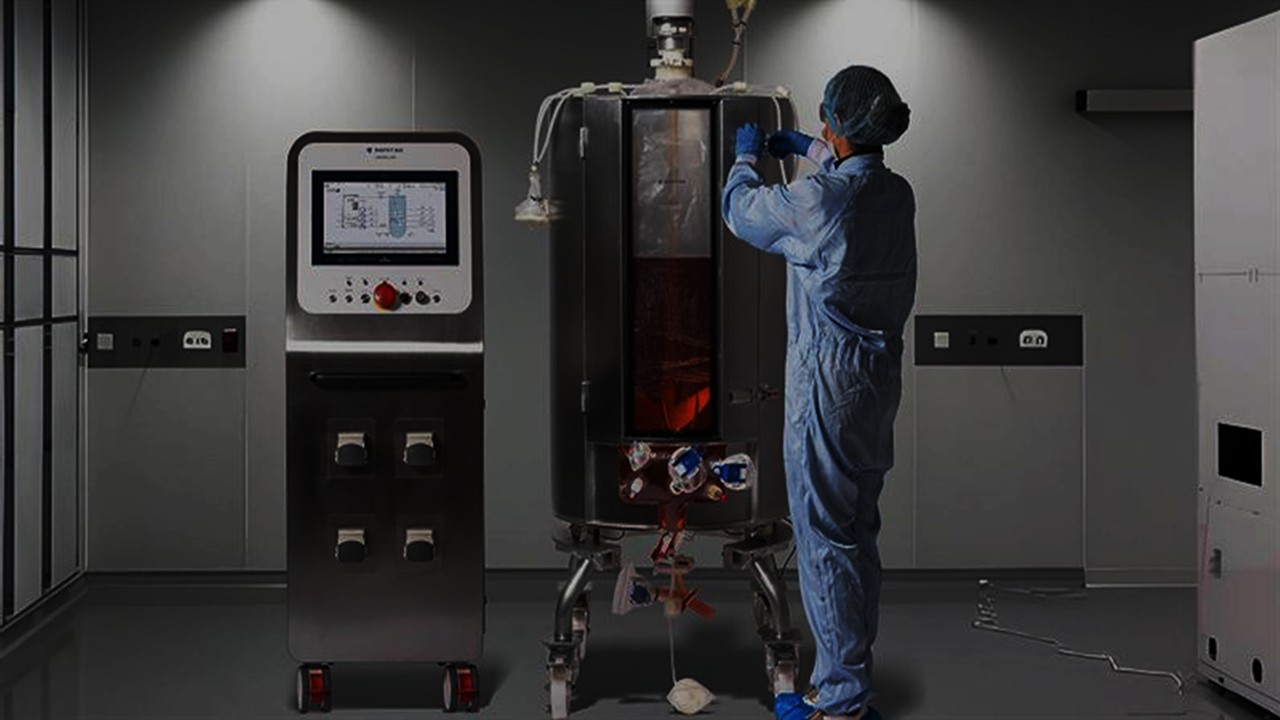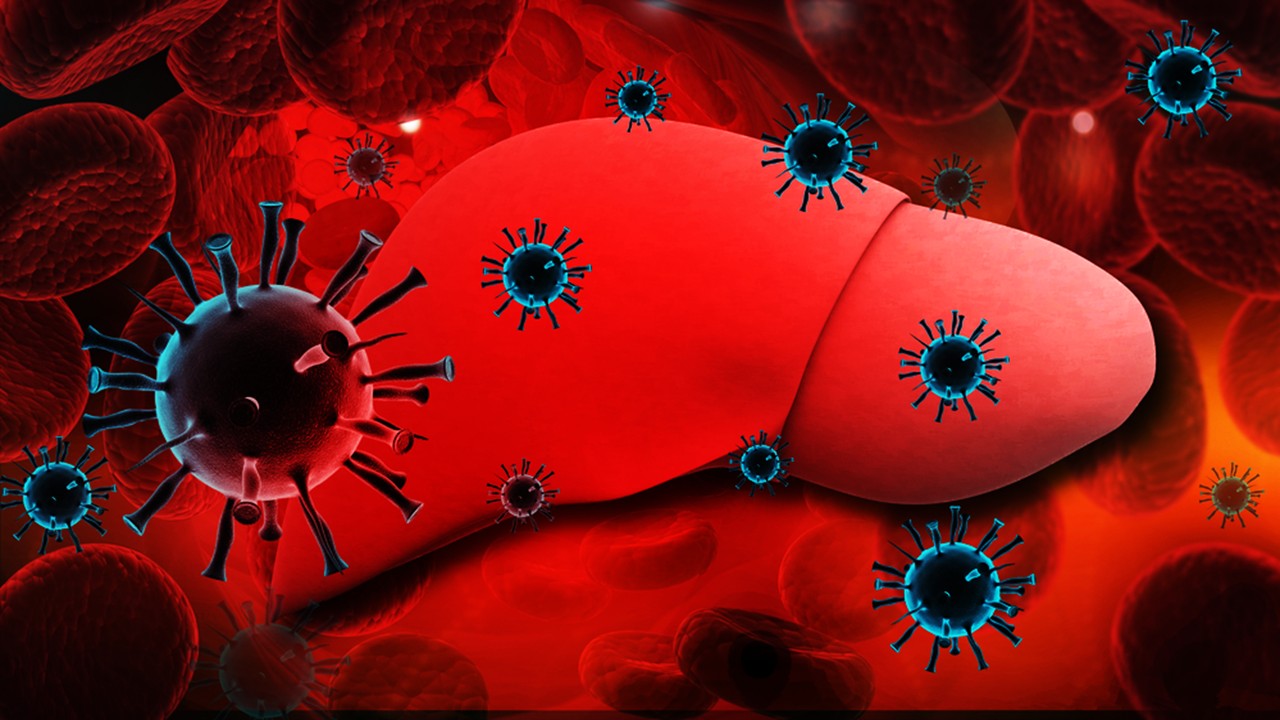Molecular proximity plays a crucial role in orchestrating biological functions and disrupting these existing proximities stands as a well-established therapeutic strategy. Beyond protein degraders, a myriad of mechanisms and molecules built on induced proximity are integral components of this landscape, encompassing protein blockers and stabilizers, inducers of post-translational modifications, and agents designed for cell therapy.
Exploring the Pioneering Landscape of Targeted Protein Inhibition
In the realm of drug discovery, the advent of protein non-degradative proximity modalities is heralding a transformative era. This novel approach involves harnessing the power of targeted protein inhibition, providing a fresh perspective on addressing elusive disease-causing proteins. Early-generation medicines like Cyclosporin, FK506, and rapamycin laid the foundation, revealing that their immunosuppressant effects were intricately tied to enhancing target protein inhibition through the recruitment of binding proteins. This mechanism, akin to a non-degrading molecular glue, is now a focal point in drug development.
Challenges and Triumphs in Targeted Protein Inhibition
The journey to discover molecules beyond happenstance in the targeted protein inhibition landscape presents a formidable challenge. Proximity-based high-throughput screening methods and innovative technologies such as AlphaLISA and TR-FRET are becoming instrumental in uncovering novel molecular glues. Bifunctional molecules, acting as non-degrading molecular glues, add another layer of complexity, stabilizing protein-protein interactions through cooperativity and avidity. A recent breakthrough, the Regulated Induced Proximity Targeting Chimera (RIPTAC), showcases the potential to selectively induce cell death in cancer cells, broadening the therapeutic window for essential proteins.
Unlocking New Horizons with Targeted Protein Stabilization
Contrary to degradation, targeted protein stabilization emerges as a compelling strategy to up-regulate proteins responsible for diseases. Deubiquitinase-targeting chimeras (DUBTACs) exemplify this approach, aiming to restore levels of aberrantly degraded proteins, offering a modular and generalizable method for rescuing disease-related proteins. However, navigating the vast landscape of over 100 deubiquitinases in the human genome poses challenges, necessitating in-depth studies to identify suitable targets for stabilization.
Targeted Protein Post-Translational Modification
Post-translational modifications (PTMs) orchestrate critical cellular functions, and leveraging heterobifunctional molecules to promote the proximity between proteins and PTM enzymes marks a groundbreaking strategy. Acetylation tagging systems, phosphorylation-targeting chimeras, and other innovative modalities offer on-demand and precise protein modifications without affecting other substrates, presenting an enticing avenue for drug discovery. However, the translational potential and generalizability of these PTM-targeting modalities remain subjects of exploration.
Cell Therapy Switches: Precision in Immunotherapy
In the realm of cell therapy, precision and control are paramount. Advances in chimeric antigen receptor (CAR)-T cell therapy, exemplified by technologies like GoCAR-T and CaspaCIDe, showcase the evolution toward more controllable and safer treatments. The introduction of ON and OFF switches, modulated by chemicals like rimiducid and lenalidomide, heralds a new era in temporal control over cell therapies, making them safer and more efficient.
Expanding Biological Frontiers: Other Induced-Proximity Modalities
As induced proximity modalities surge forward, the field expands not only in chemical space but also in biological scope. Innovations like ribonuclease-targeting chimeras (RiboTACs) offer a glimpse into the potential to target RNA, introducing a new dimension in proximity-based technologies. Beyond small molecules, even CRISPR-Cas9, a leading gene-editing tool, falls under the umbrella of proximity-based technologies, showcasing the versatility and breadth of this groundbreaking approach.
Conclusion
The journey into protein non-degradative proximity modalities illuminates a promising trajectory in drug discovery. As scientists unravel the complexities and overcome challenges, these modalities hold the key to unlocking therapeutic interventions for previously untackled proteins and expanding the boundaries of precision medicine.
Study DOI: 10.1021/acscentsci.3c00395
Engr. Dex Marco Tiu Guibelondo, B.Sc. Pharm, R.Ph., B.Sc. CpE
Editor-in-Chief, PharmaFEATURES

Subscribe
to get our
LATEST NEWS
Related Posts
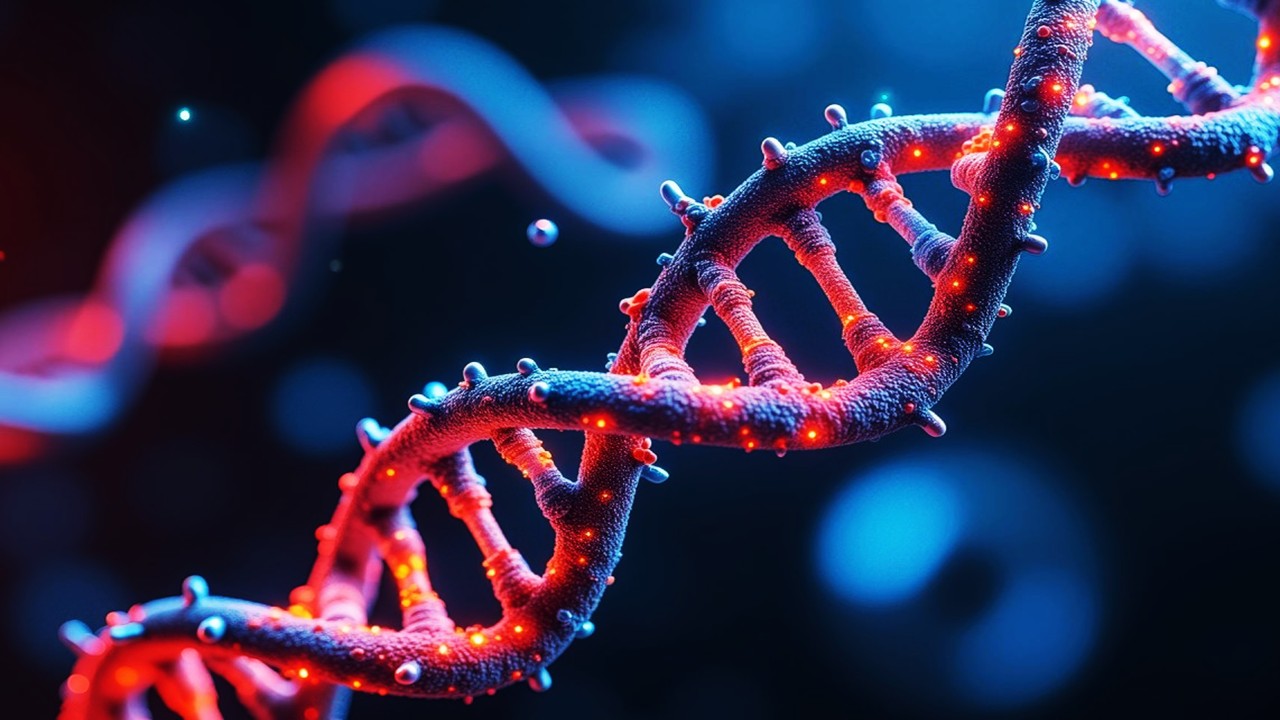
Medicinal Chemistry & Pharmacology
Pathogenic Targeting 5.0: The Rise of RNA Therapeutics and Peptide-Based Drugs in Modern Medicine
Unlike traditional small-molecule drugs, which interact with proteins, RNA therapies modulate gene expression directly, enabling interventions at the root of disease.
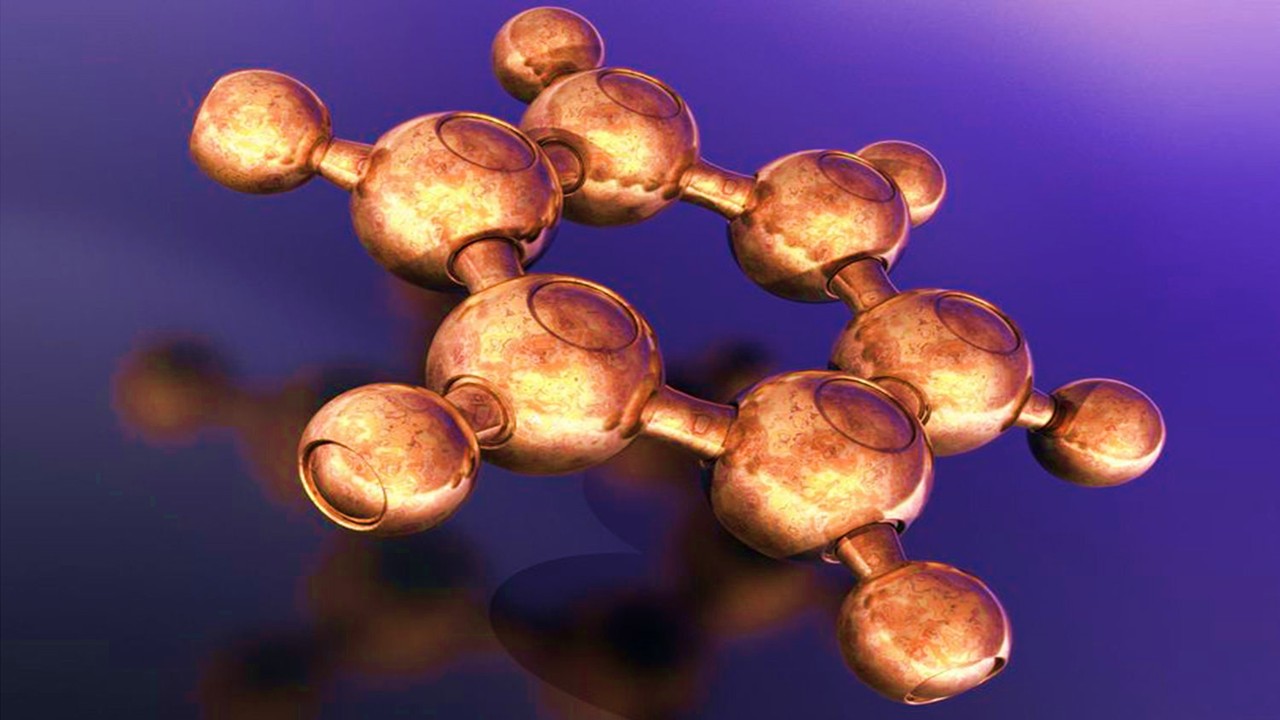
Medicinal Chemistry & Pharmacology
Polarity Alchemy: Strategic Charge Manipulation in Contemporary Drug Design
The future promises tunable therapies with polarity adjustable by light, magnetic fields, or bioorthogonal triggers.
Read More Articles
Mini Organs, Major Breakthroughs: How Chemical Innovation and Organoids Are Transforming Drug Discovery
By merging chemical innovation with liver organoids and microfluidics, researchers are transforming drug discovery into a biologically precise, patient-informed, and toxicity-aware process.
Tetravalent Vaccines: The Power of Multivalent E Dimers on Liposomes to Eliminate Immune Interference in Dengue
For the first time, a dengue vaccine candidate has demonstrated the elusive trifecta of broad coverage, balanced immunity, and minimal enhancement risk,





